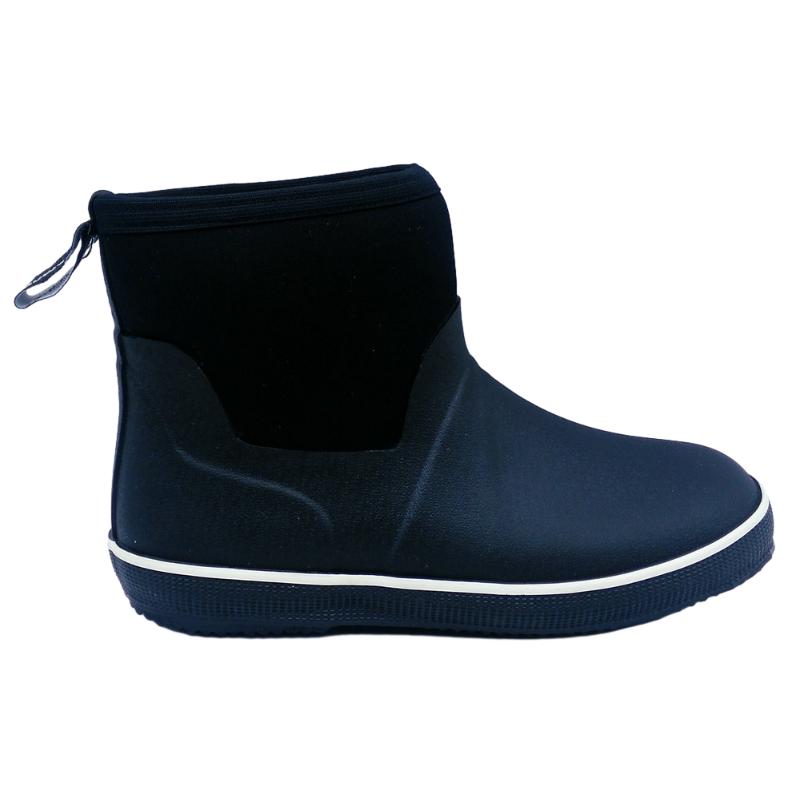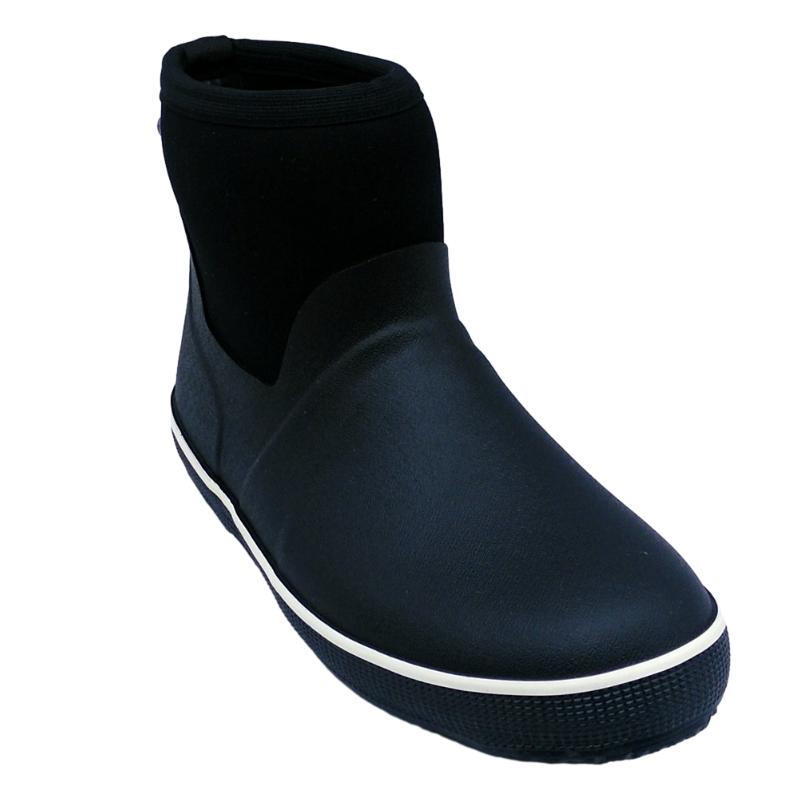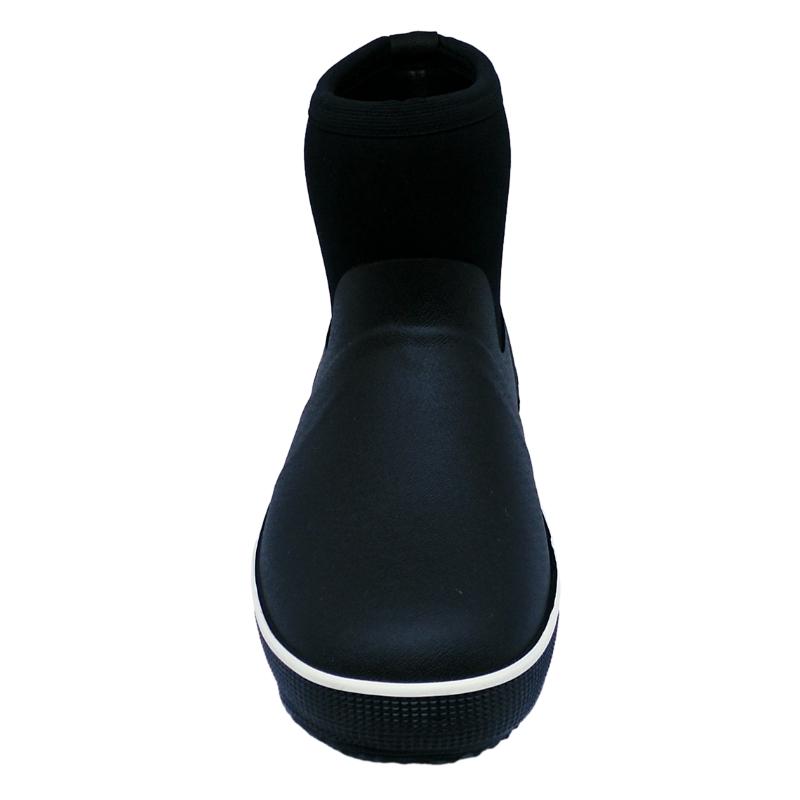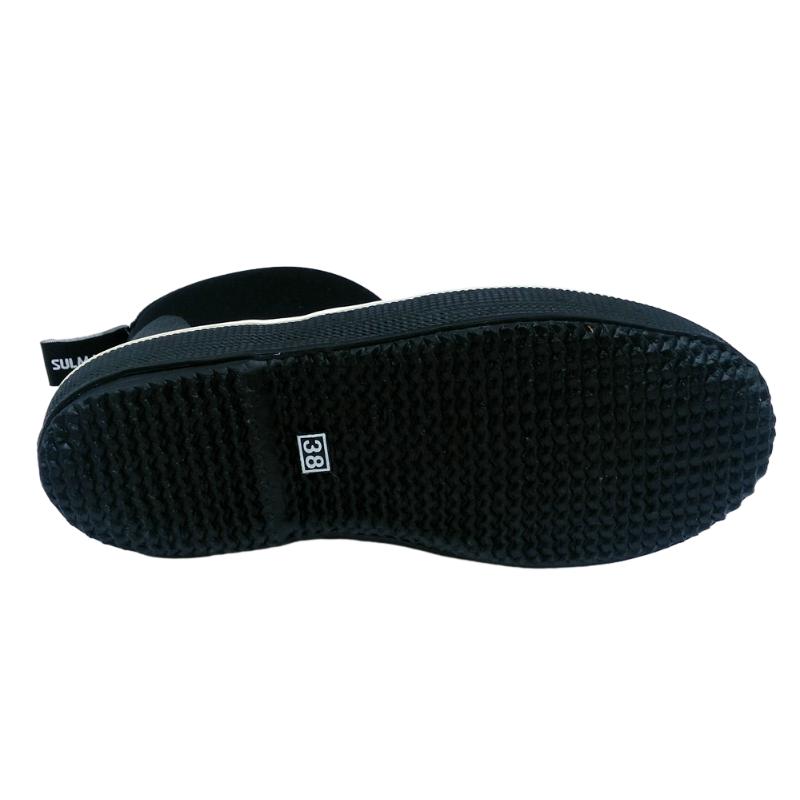In the evolving world of aquatic workwear and outdoor sports, neoprene wading boots have become essential for anglers, researchers, and industry professionals. This comprehensive report explores the latest trends, advanced manufacturing technology, detailed technical parameters, competitive comparisons, and real-world case studies for neoprene wading solutions, focusing on the Neoprene Fishing Boots SYGL-2N.
1. Industry Trends in Neoprene Wading Boots and Allied Footwear
The neoprene wading boots market is projected to grow steadily at a CAGR of 4.7% through 2028 (GrandViewResearch). As outdoor activities gain momentum and standards in industrial safety rise, technical demands for neoprene wading shoes—especially with 5mm thickness—have surged in fishery, water treatment, petrochemical, and field research applications.

Market Dynamics & Standard Upgrades
- Eco-focused Materials: Increasing compliance with ISO 14001 and REACH standards for environmental safety.
- Performance Requirements: Emphasis on slip resistance (EN ISO 20347), anti-corrosion, and high thermal efficiency for cold/chemical environments.
- Customization Trend: OEM/ODM demand increases—custom sizing, logo imprinting, ergonomic sole designs for various industries.
| Model | Material | Neoprene Thickness | Outsole Type | Weight (pair, 43 EU) | Certifications | Waterproof Rating |
|---|---|---|---|---|---|---|
| SYGL-2N | SCR Neoprene + Rubber | 5mm | Vulcanized Rubber | 1.45 kg | ISO 20347, CE | IPX8 |
| Simms Freestone | 4mm Neoprene + PU | 4mm | Felt | 1.77 kg | ISO 20345 | IPX6 |
| Patagonia Foot Tractor | Neoprene + Synthetic | 5mm | Aluminum Bar | 1.66 kg | ANSI, CE | IPX7 |
| Redington Prowler | Neoprene + Leather | 3.5mm | Rubber | 1.55 kg | ISO 20347 | IPX6 |
2. Technical Parameters & Specs: Neoprene Fishing Boots SYGL-2N
- Upper: Premium 5mm SCR Neoprene—industry’s highest standard for insulation and flex
- Midsole: Shock-absorbing EVA with anti-fatigue formula
- Outsole: Industrial vulcanized rubber—anti-slip (tested to EN ISO 20347:2012), oil and abrasion resistant
- Height: 31cm (Knee-High) | Available Sizes: EU 38~47
- Seams: Double-taped & blind stitched, heat welded (Achieves IPX8 waterproofing)
- Weight: Approx 1.45kg/pair (EU 43)
- Cuff: Drawstring & hook-and-loop fastener, adjustable fit
- Certifications: ISO 20347, CE, REACH
- Quality Tests: Hydrostatic Pressure ≥15,000mm H2O, 500,000 Flex Cycles, Salt Spray (ASTM B117: >500hrs)
- Warranty: 3 Years manufacturer guarantee

3. Manufacturing Process: Neoprene Wading Boots (SYGL-2N)

4. Data Visualization: SYGL-2N vs Competitors
5. Application Scenarios & Typical Case Studies
- Petrochemical Sites: Production staff in CNPC (China National Petroleum Corporation) wear neoprene wading boots for tank inspection, as boots demonstrate 98%+ chemical resistance retention post 300hr exposure (ASTM D471).
- Municipal Water Utilities: Boots facilitate maintenance in treatment plants; seamless structure and 5mm insulation outperform 5mm neoprene waders by reducing hypothermia risk (ILSI Journal, 2021).
- Fishery & Aquaculture: Extensive use in Norway and Canada; operators note a 35% reduction in slip accidents compared to previous gen boots.
- Research Expeditions (Polar/Coastal): Insulated footwear enables long exposure in -7°C brackish water—NIWA (New Zealand) research feedback, 2023.

Technical Advantages Synopsized
- Thermal Efficiency: 5mm SCR neoprene provides Class A insulation—meeting EN ISO 20345 (≤0.08W/m²K loss)
- Anti-Corrosion: Vulcanized rubber outsoles demonstrate 500+ hours resistance in 5% NaCl spray (ASTM B117)
- Custom Fit: Multi-size, anatomical design and OEM branding available
- Durability: Exceeds 500,000 flex cycles before microcrack growth (in-house lab, SGS verification)
- Certifications: ISO 20347, CE Marking; ISO 9001/14001 for factory
6. Manufacturer & Supplier Comparison
| Company | Certifications | Customization | MOQ | Global Clients | Delivery Cycle |
|---|---|---|---|---|---|
| Landwalk Outdoor | ISO 9001/14001, CE | Available (OEM/ODM) | 100 pairs | PetroChina, France Waterworks | 25 days |
| Simms Fishing | ISO 20345, CE | Partial | 200 pairs | US Fishery, Australian Fisheries | 35 days |
| Patagonia | ISO 9001, ANSI | Logo only | 300 pairs | Research Institutes | 45 days |
| Redington | ISO 14001, CE | Not available | 400 pairs | Sportswear Distributors | 50 days |
7. Custom Neoprene Wading Boots Solutions
Landwalk Outdoor offers a robust OEM/ODM solution for neoprene wading boots:
Available Options: Logo printing, color modes, enhanced soles (Kevlar insert), size range (EU34–EU49), chemical-resistant formula, safety toe cap (complies with EN ISO 20345:2022), and more.
Typical Timeline: Prototype in 14 days, mass production in 25–30 days, express shipping worldwide.
8. Professional FAQ: Industry Terms & Product Questions
A: SCR (Styrene Chloroprene Rubber) neoprene is a high-grade, synthetic rubber offering optimal thermal retention, superior UV and oil resistance, and increased tear strength. For neoprene wading boots, it means extended service life and reliable protection in harsh environments.
A: 5mm thickness is standard for robust insulation—ideal for icy water and chemical environments. According to ISO 20347, it ensures heat loss minimization, surpassing typical 3–4mm boots.
A: Blind stitching is a seam technique where the thread does not penetrate all layers, minimizing water ingress. Combined with taping/welding, it secures IPX8 waterproof rating per IEC 60529.
A: Outsoles are tested per EN ISO 20347 for slip and oil resistance, and ASTM F2913 for wet/dry friction, ensuring compliance in industrial workspaces.
A: With double-taped seams and reinforced vulcanization, the SYGL-2N model averages 3–5 years (industrial surveys, 2022) even in repeated exposure, thanks to rigorous ASTM flex and salt-spray standards.
A: Yes, upon request. Antistatic midsole material and conductive thread can be specified per EU ATEX/IEC standards for oil/gas sectors.
A: Rinse outer and inner layers with fresh water after use; store dry, keep away from solvents or direct sun. For sterilization (lab/medical use), ISO 14644-1 cleanroom protocol is supported in packaging.
9. Delivery, Warranty, and Trust: SYGL-2N Commitment
Sample: 7–10 days | Bulk Orders: 25–30 days
3 Years Factory Coverage (Material & Manufacturing)
24h response (Contact Landwalk Outdoor)
[1] Grand View Research. “Waterproof Footwear Market Size Report”. Retrieved from: https://www.grandviewresearch.com/industry-analysis/waterproof-footwear-market
[2] Industrial Safety & Hygiene News (ISHN), “Protective Footwear Standards: Recent Developments”.
[3] Stripers Online Forum: Wading Boots Durability Recommendations
[4] ILSI Journal. “Thermal Exposure in Industrial Waders: Risk Assessment and Material Advances”. 2021.
[5] ISO 20347:2012. “Personal protective equipment – Occupational footwear”.
[6] ASTM B117 Salt Spray Test.
[7] Official SYGL-2N product page: https://www.landwalk-outdoor.com/neoprene-fishing-boots-sygl-2n.html
-
Stay Dry in Any Condition with WadersNewsJul.17,2025
-
Elite Performance with Camouflage Combat BootsNewsJul.17,2025
-
Dry and Comfortable with Green Rubber Garden ShoesNewsJul.17,2025
-
Convenient Protection with Foldable RainbootsNewsJul.17,2025
-
Comfort and Protection with Neoprene Work BootsNewsJul.17,2025
-
Brighten Rainy Days with Floral Rain BootsNewsJul.17,2025
-
Safety Wellies: The Ultimate Combination of Protection, Comfort, and VisibilityNewsJun.19,2025











